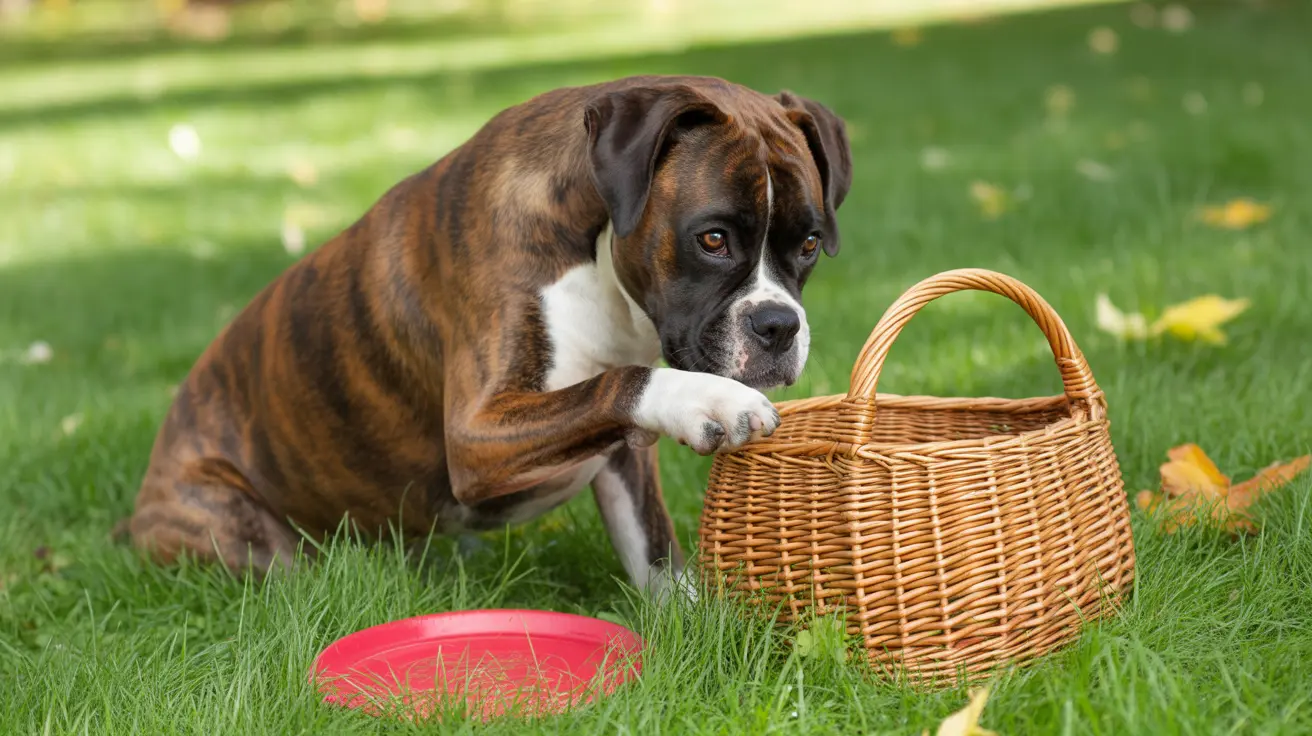Choosing the Right Muzzle for Your Dog
Selecting an appropriate muzzle is crucial for your dog's comfort and safety. Basket muzzles are generally recommended as they allow your dog to pant, drink water, and accept treats while wearing them. These come in various materials including plastic, metal, and leather, each with its own advantages.
When fitting a muzzle, ensure it's snug but not tight. Your dog should be able to open their mouth slightly but not wide enough to bite. The muzzle should not rub against their face or restrict breathing in any way.
The Muzzle Training Process
Introduction and Desensitization
Begin by letting your dog investigate the muzzle on their own terms. Place high-value treats around and inside the muzzle, creating positive associations. Never force the muzzle onto your dog, as this can create fear and resistance.
Start with short sessions of 5-10 minutes, focusing on making the experience enjoyable. Use treats your dog particularly loves, such as small pieces of chicken or cheese.
Building Comfort and Duration
Once your dog is comfortable approaching the muzzle, encourage them to put their nose inside to get treats. Gradually increase the duration they keep their nose in the muzzle, always rewarding calm behavior.
Practice in different locations around your home to help your dog generalize the training. This prevents them from only associating muzzle wearing with specific situations or places.
Tips for Successful Muzzle Training
Keep training sessions positive and upbeat. If your dog shows signs of stress or anxiety, take a step back in the training process. Remember that every dog learns at their own pace.
Regular practice, even when you don't need to use the muzzle, helps maintain your dog's comfort level. Short, frequent sessions are more effective than long, infrequent ones.
Common Mistakes to Avoid
Never use the muzzle as punishment or leave it on for extended periods. Avoid rushing the training process or forcing your dog to wear the muzzle before they're ready. These actions can create negative associations and make future training more difficult.
Monitor your dog for signs of stress or discomfort when wearing the muzzle, such as pawing at it or showing signs of anxiety. Address any issues promptly to maintain trust and progress.
Frequently Asked Questions
How do I safely put a muzzle on my dog to avoid stress or discomfort?
Introduce the muzzle gradually using positive reinforcement. Let your dog investigate it first, then use treats to encourage them to put their nose in voluntarily. Only secure the straps once they're comfortable with the muzzle touching their face.
What type of muzzle is best for my dog's breed and face shape?
Basket muzzles are generally recommended as they allow for panting, drinking, and treating. Choose one specifically sized for your dog's breed and face shape. Consider consulting with a professional for proper fitting.
How can I train my dog to accept wearing a muzzle without fear?
Use positive reinforcement techniques, starting with treating around the muzzle and gradually working up to wearing it. Keep sessions short and positive, never forcing the muzzle onto your dog.
How long can a dog safely wear a muzzle, and when should it be removed?
Dogs should only wear muzzles for short periods and always under supervision. Remove the muzzle immediately if your dog shows signs of distress, needs to drink, or needs to cool down through panting.
What are common mistakes to avoid when muzzle training my dog?
Avoid rushing the training process, using the muzzle as punishment, or leaving it on for too long. Don't force the muzzle onto your dog or skip steps in the training process. Always ensure proper fit and supervision.






